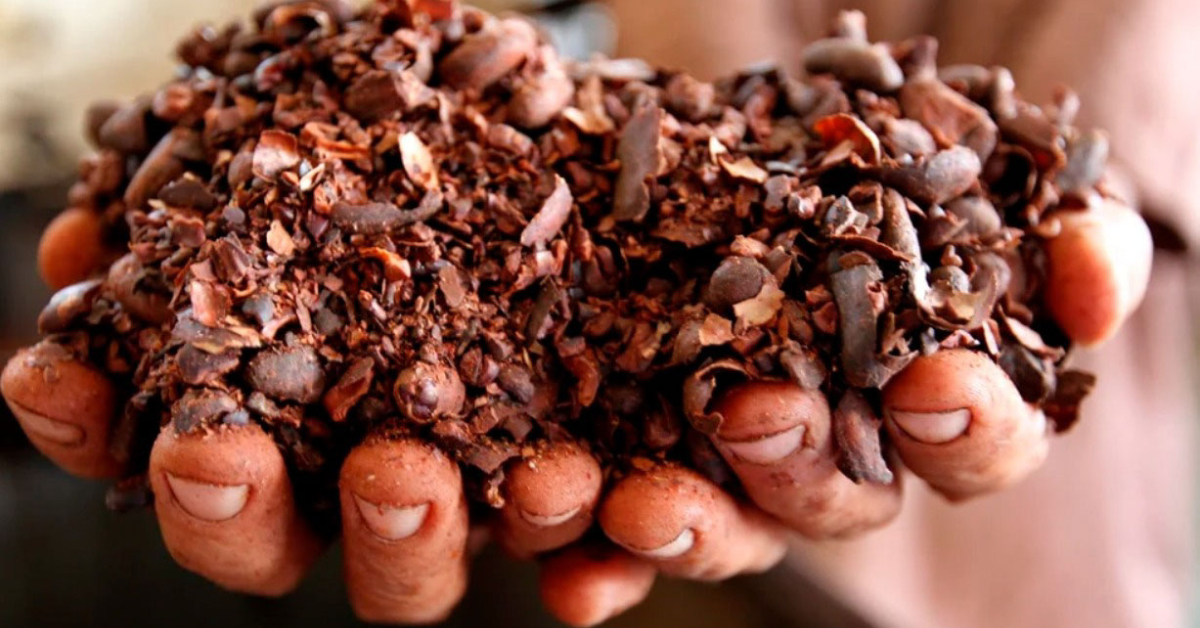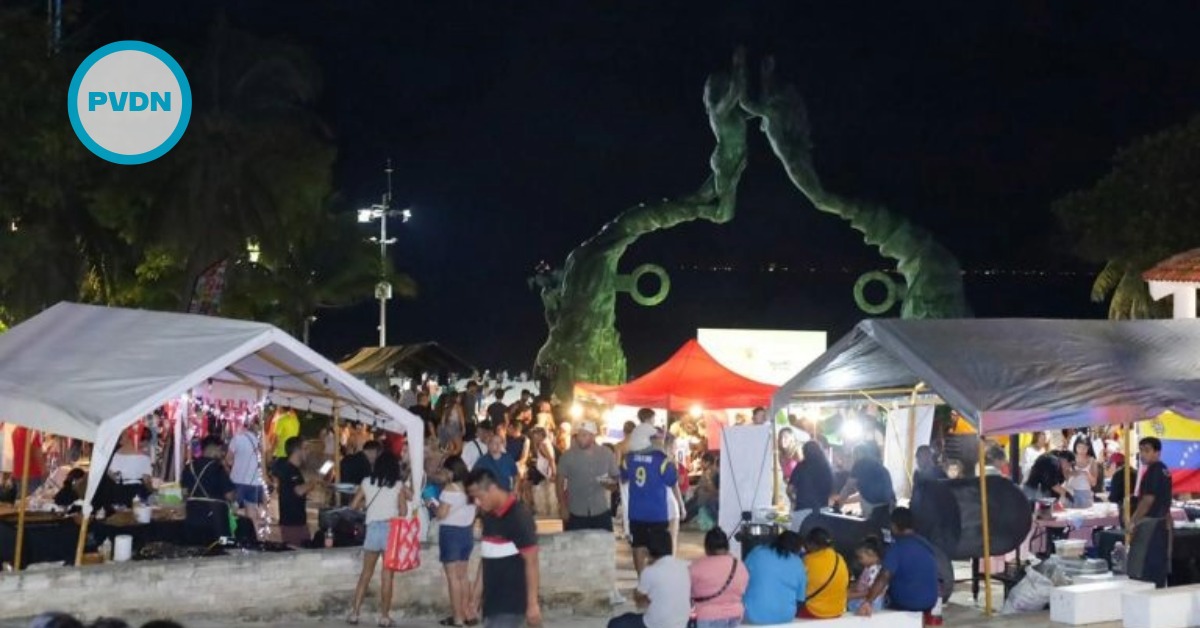One of the foods that people in Mexico, and in the world, like the most is chocolate, without a doubt. Chocolate comes from the cacao plant, which in pre-Hispanic times had great value and was used for different things, and today is National Cocoa and Chocolate Day in Mexico.
Cocoa is native to the Amazon and domesticated by the ancient Mayans. In pre-Hispanic times, the cultures of Mesoamerica fermented the grains, dried them, roasted them, and ground them on a metate that had a heat source underneath, and in this way, they obtained a paste . . .






